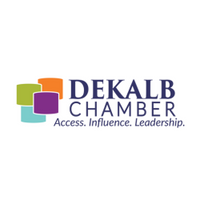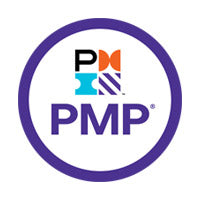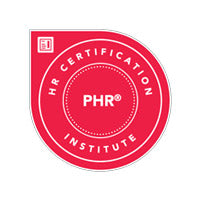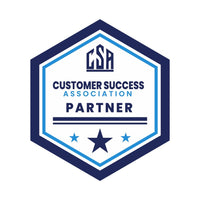LEADERSHIP CONSULTING
Customer Success Teams
Stop blaming your employees for low performance. It’s your outdated processes that are keeping them stuck. Old systems aren’t just slowing you down—they’re costing you talent, revenue, and customers.

Leaders Come to Beverly Hathorn for One Reason – Transformation
LEADERSHIP CONSULTING
Meet Beverly Hathorn
Beverly Hathorn is the expert businesses turn to when they need real results. With 30 years of experience working with multi-million dollar organizations, she knows how to uncover the root causes of poor performance and fix them for good.
Learn More

Your team isn't the problem.
Your outdated systems are.
Your outdated systems are.

FREE AUDIO PROGRAM
Unstoppable Systems
This program provides senior customer success leaders with a step-by-step blueprint to identify broken systems, overcome inefficiencies, and implement processes that drive results.
Move beyond quick fixes and create a sustainable, thriving culture that aligns with your vision for success.
Subscribe Now and Get Strategies Delivered Straight to Your Inbox!

Transform your team, elevate customer satisfaction, and lead with impact!
Clients, Partners and Certifications















